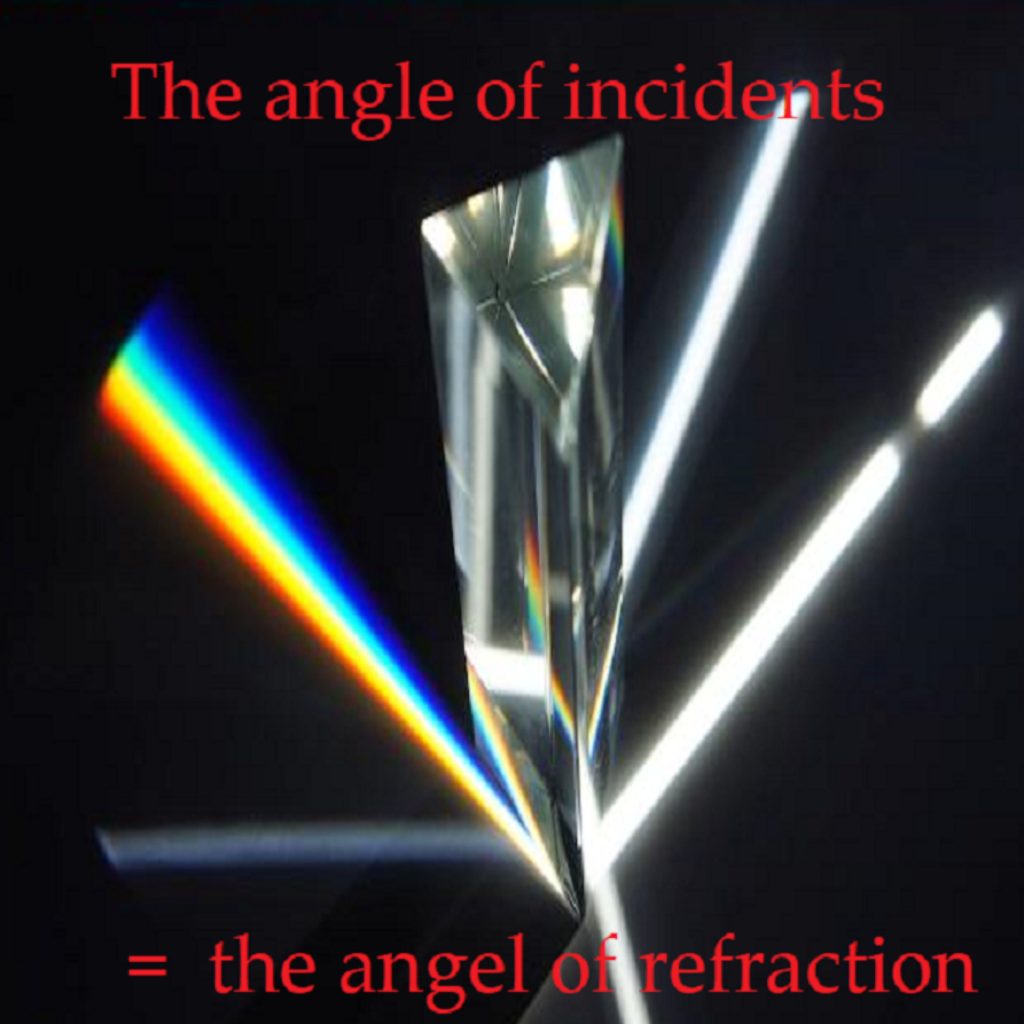My Shame
My Old Man for reasons unknown to me my entire life was a racist. He despised black people, referring to them as niggers. We were not allowed to associate with, buy records or listen to music by them and we weren't allowed to talk about any sporting event they participated in. The Old Man wasn't very fond of Jews or the Irish either.
In the summer of 1966 Martin Luther King Jr. planned a demonstration to march in Marquette Park on the Southside of Chicago in early August.
The park was near my neighborhood. There were actually early evening meetings in local Churches, American Legion Halls and on the front porches of homes discussing strategies on how to disrupt the march or stop it completely. Even the local clergy, police and community leaders attended the meetings in support of the cause. Kinda pisses you off when you think about it.
My philosophy concerning demonstrations is; if no one shows up to acknowledge the protest, or pays attention to them, the demonstration becomes ineffective.
Two years earlier my oldest brother Harold told the Old Man he was joining a civil rights movement with other College students to register black people to vote in Southern states.
The Old Man became so enraged he excluded him from posing in the family photo. He also cut off all college financial aid and my brother was not allowed to enter our house. The Old Man told him to kiss his ass goodbye because he was asking for trouble. There was a good chance he'd wind up getting lynched by the Ku Klux Klan.
A month before his intended deployment he found out his girlfriend was pregnant. They decided to get married which ended his involvement in the cause. A few months later three volunteers were murdered by the KKK and local police in Mississippi. The Old Man had an "I told you so" to justify his actions.
The day of the demonstration arrived with a large contingency of opposition assembled. I followed the crowd of white protestors, including family and relatives, neighbors and friends to Marquette Park that August afternoon. The closer we got to the park the more vocal the group became. A man dressed in an Army type uniform started yelling commands.
"Let's run these niggers out of our neighborhood." He hollered in a southern accent. When I got closer to him I saw a patch on his sleeve that said KKK Alabama. I don't think he even lived in our neighborhood.
I remember feeling forceful and tenacious emotionally charged by the electricity generated from the crowd.
The Old Man with my next oldest brother, an uncle and two cousins were wearing expressions of venomous hatred. There appeared to be a thousand white people gathered ready to do battle. I was caught up in the herd mentality.
The black demonstrators led by Martin Luther King Jr drew closer to where I stood.
They marched to a chorus of racial slurs and a barrage of bottles, rocks and bags of shit being hurled at them.
"Fucking niggers get the fuck outta here." along with chants of, "Niggers go back to Africa" echoing throughout the park. The police stood idly by and did little to stop the crowd's harassment.
I noticed on the ground in front of me a large piece of house brick. I knew this would cause serious damage. I have no idea what compelled me to do what I did that day.
I picked up the piece of brick, took aim and hurled it with force into the crowd of demonstrators. The brick struck Martin Luther King Jr. in the chest causing him to drop to one knee. He remained in that pose for a short minute then stood and continued the march acting unfazed by the incident.
Instantly an emotion of intense remorse gripped my soul strangling it so tightly I became physically ill, wanting to vomit. My friends and others nearby began patting me on my back, giving me congratulations and laughing. I had to hold myself back from crying after witnessing the courage Martin Luther King Jr. displayed. He stood up, brushed himself off and continued the march. He finished the march and even made a speech afterward without succumbing to the wound he had sustained.
I read about the incident the next day in the Chicago Tribune.
Here is the follow up article headline: Martin Luther King Jr. and supporters pause during a fair housing march through Marquette Park.
King later said he had never seen “mobs as hostile and as hate-filled as I’ve seen here in Chicago.”
When Dr. Martin Luther King Jr. stepped out of a car in Marquette Park on Aug. 5, 1966, he was met by a crowd in an ugly mood. That was nothing new for King. During his civil rights crusade, he'd often faced Southern mobs. The year before, police and sheriff's deputies brutally attacked a march he'd organized in Selma, Alabama.
But he saw something even more menacing in the faces of the 700 white protesters who confronted him on Chicago's Southwest Side.
"I've been in many demonstrations all across the South, but I can say that I have never seen — even in Mississippi and Alabama — mobs as hostile and as hate-filled as I've seen here in Chicago," King told reporters afterward.
King and hundreds of demonstrators had scarcely set out on a march to promote open housing when he was struck by a rock.
"The blow knocked King to one knee and he thrust out an arm to break the fall," the Tribune reported. "He remained in this kneeling position, head bent, for a few seconds until his head cleared."
Aides and bodyguards closed in around King, holding placards aloft to shield him from the missiles that followed. King and the demonstrators had hoped to reach a real estate office on nearby 63rd Street, intending to demand that properties be rented and sold on a nondiscriminatory basis in the all-white Chicago Lawn neighborhood. Only a few of them made it before a riot broke out.
After reading the article I experienced a sense of guilt and shame that I'd never felt before. The act of hatred I demonstrated that day has haunted me my entire life.
I was viewed as a local hero for quite a while. My Old Man treated me with respect and kindness for the first time. He was proud of what I had done. However I resented every congratulatory remark and comment people made to me.
This story has never been told until now. I've kept it hidden inside for fifty-seven years. I was thirteen at the time and I will turn seventy this July.




